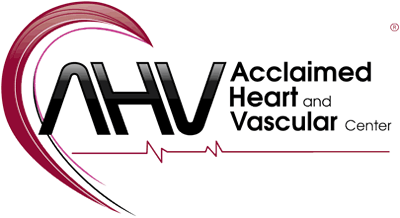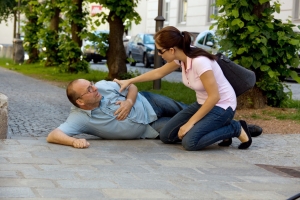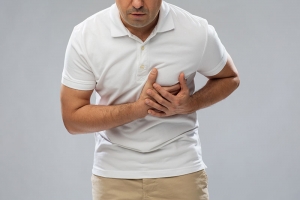Recognize the symptoms for Heart Attacks
Heart attack symptoms vary from person to person, and even from one heart attack to another. The important thing is to trust yourself. You know your body better than anyone. If something feels wrong, get emergency care right away.
According to the Society of Cardiovascular Patient Care1, early heart attack symptoms occur in 50 percent of all people who have heart attacks. If you’re aware of the early symptoms, you may be able get treatment quickly enough to prevent heart damage. Eighty-five percent of heart damage happens in the first two hours following a heart attack.
What is Tachycardia?
Tachycardia refers to a fast-resting heart rate - usually at least 100 beats per minute. Tachycardia can be dangerous, depending on its underlying cause and on how hard the heart must work.
In general, the adult resting heart beats between 60 and 100 times per minute. When an individual has tachycardia, the upper and/or lower chambers of the heart beat significantly faster.
Our heart rates are controlled by electrical signals that are sent across the tissues of the heart. When the heart produces rapid electrical signals, tachycardia occurs.
When the heart beats too rapidly, it pumps less efficiently and blood flow to the rest of the body, including the heart itself, is reduced.
What is Bradycardia?
A heart rate of less than 60 beats per minute (BPM) in adults is called bradycardia. What's too slow for you may depend on your age and physical condition.
- Physically active adults (and athletes) often have a resting heart rate slower than 60 BPM but it doesn't cause problems and is normal for them.
- Your heart rate may fall below 60 BPM during deep sleep.
- Elderly people are more prone to problems with a slow heart rate.



